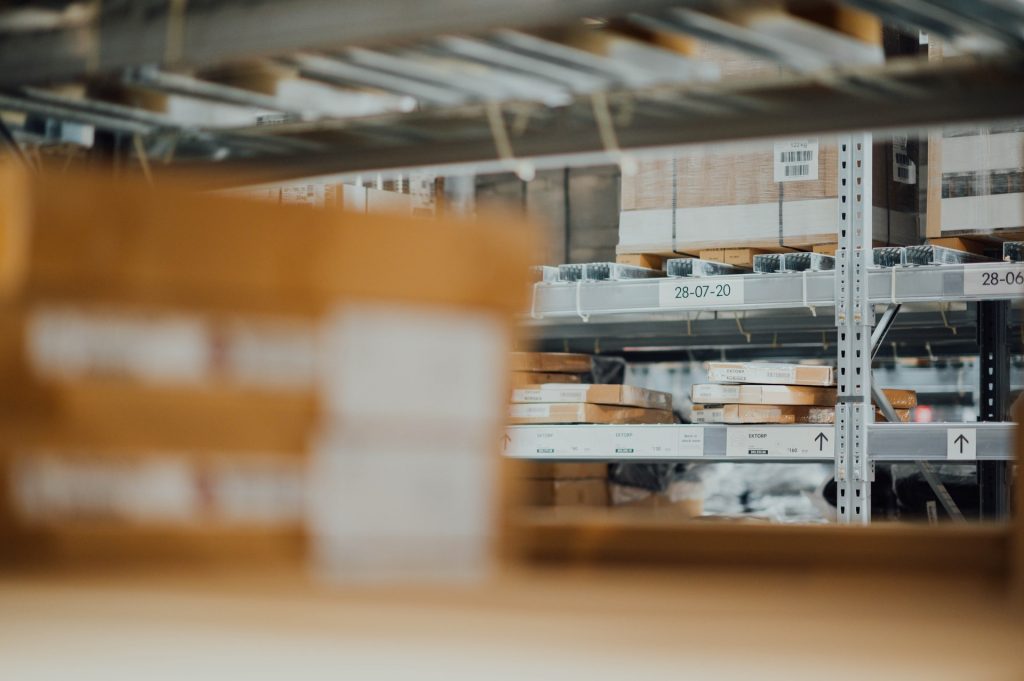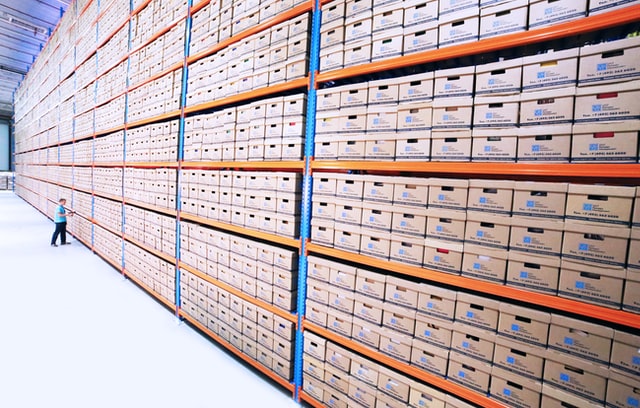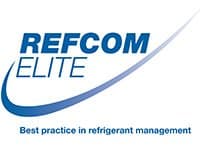As the owner or operator of a warehouse, one of the big issues you will face is warehouse heating installation. These big spaces can have varied requirements depending on what’s inside and this can make for a complex task to get the right heating system in place. Here’s what you need to know to get your warehouse heated correctly and efficiently.

Do warehouses require heating?
With the question of whether a warehouse requires heating or not, there are a couple of considerations.
First, there are people working inside the building. As an employer, you have a duty of care towards your employees to make sure that the workplace is comfortable. That can mean cooling in the summer and heating in the winter. But there’s no set temperature, simply that the temperature of the workplace is ‘reasonable’ at all times.
The other consideration is what’s being stored. If you have lots of fridges and cold storage, then the heating requirements will be very different from items stored at normal room temperature. So the heating requirements are always filtered through the exact use of the warehouse space.
How to heat a warehouse and what are the different warehouse heating solutions?
There are two main types of heating for a warehouse – radiant heating and warm air heating. Each has its pros and cons to consider.
Warm air heating
In this system, the air is warmed with a heater then the air is distributed around the space and warms it. A heat exchanger is used to create the heated air and a fan to push it into space. This means the fans need to ensure an even distribution of warm air across the warehouse to have effective heating.
There are a couple of options when it comes to how to power these systems including:
- Gas or oil-fired burner within the body of the heater
- Hot water piped to the heater from a central heating plant such as a boiler
Direct-fired warm air heaters are also now available in condensing styles that work a lot like condensing boilers in homes.
Warm air heaters can be suspended from the roof, mounted on the wall or even stand on the floor with some space to circulate air underneath.
Radiant heating
Radiant heating uses radiant tubes suspended from the ceiling or something radiant plaque heaters that are either wall-mounted or hung from the ceiling. These emit infrared radiation from hot surfaces which warms the room, rather than warming the actual air.
Need a reliable and efficient heating solution for your industrial space? Call us on 01179 523355 or fill in our contact form to book a free no-obligatory consultation to discuss the best solution for you.

What’s the best and most efficient way to heat a warehouse?
Choosing a heating system does depend on the type of warehouse you operate and the activities inside.
In general, warm air heating is the best and most efficient way to heat a warehouse. With the different options available for the warm air creation, you can find an option that is cost-effective and a system that is energy efficient.
However, radiant heating can be best for areas of the warehouse that lead to the outside such as loading bays. That’s because, in these areas, the warm air would be sucked outside or cooled whereas the direct heat from radiant heating will be more effective in these spaces.
How to distribute heat in warehouses?
Creating the heat is the first step in warming the warehouse but not the only one. You also need heat distribution in the warehouse and there are a few ways to do this.
With warm air heating, the key to distribution is where you located the heaters and how the warmed air can travel around the space. This ensures there are no cold spots or areas that aren’t covered by the heating.
With radiant heating, the heaters must be line of sight to create heat so they are not ideal if there is racking or tall structures. But as mentioned, for areas such as loading bays, they can be located anywhere in the space and work effectively.
Finally, distributing heat should take into account destratification. This is recirculating warm air that naturally rises to the roof so that it is returned to the occupied part of the building.
How to cope with dense racking when heating your warehouse?
Dense racking within a warehouse can add a new layer of challenge to heating it. The best option here is to use air rotation heating that grabs the warm air created by the heaters and with powerful fans, spreads it throughout the space. This also avoids the need for fans near the ceiling as the air doesn’t rise that far.

Controlling the heating in the warehouse to ensure energy efficiency
The best way to efficiently heat a warehouse is to have a good control system in place. This will ensure that the space is understood and the heating system use is maximised to ensure you are not wasting energy.
Zonal heating is a common way to do this. This involves using a system where different parts of the warehouse are heated depending on the day. For example, office areas are only heated during hours when staff are using them.
Timed heating is also important to ensure that the heating works most when needed but also when it is coldest. This helps to keep an even temperature inside. Pre-heat periods often work to raise the interior temperature in line with outdoor temperatures so there’s less of an adjustment when entering the first thing in the morning.
Do warehouses need heating standards?
Guidelines sometimes suggest figures of 16 degrees Celsius but there’s also an awareness that the nature of a warehouse means employees are more active and therefore naturally will be warmer. Working with employees to maintain a reasonable temperature is good practice.
Expert help with your heating
Warehouse heating can be a complex topic, especially if you have equipment or specialist storage inside. That’s why it is best to get some expert help with your industrial heating, both the installation and for ongoing maintenance.
Total Environmental Kooling has been designing and installing industrial heating systems for buildings including warehouses for over 20 years.
Our wealth of experience means we understand the variety and scope of industrial premises and their requirements. Our expert team is always hands-on to help you through every step of the process. Contact us to learn more about our industrial heating systems by contacting our friendly expert team today.







